Demystifying Tariffs in Your Supply Chain
What Are They and How to Handle Them in Acumatica
In today's global marketplace, tariffs have become a recurring and significant factor affecting businesses across all industries. With recent tariff impositions on imports from major trading partners like China, Mexico, and Canada, understanding how to account for these costs in your ERP system properly has never been more critical. Let's explore what tariffs are, their business impact, and how Acumatica's Landed Cost feature can help you manage them effectively.
What Is a Tariff, Really?
A tariff is a tax imposed by governments on imported goods. Unlike sales tax, which appears as a separate line item, tariffs become embedded in your product cost. Recent tariffs have targeted a wide range of imports, including Canadian lumber, fresh produce from Mexico, and manufactured goods from China.
Tariffs serve multiple purposes:
Protecting domestic industries
Generating government revenue
Creating leverage in international trade negotiations
Responding to trade practices deemed unfair
Who Actually Bears the Tariff Burden?
Despite political rhetoric that foreign countries pay tariffs, the reality is that importers of record bear the initial financial burden. When your business imports goods subject to tariffs, you pay these fees before your shipment clears customs.
What happens next depends on market dynamics:
Some businesses absorb tariffs, accepting lower profit margins
Others pass costs to customers through higher prices
Many negotiate with suppliers to share the burden
Regardless of your strategy, accurately tracking these costs is essential for informed decision-making.
The Accounting Impact of Tariffs
Tariffs affect your financial statements in several critical ways:
Inventory Valuation
Under accounting standards, inventory cost includes the purchase price plus all expenditures necessary to bring items to their existing condition and location - including tariffs. This means:
Tariffs increase your inventory cost basis
Companies using standard costing need to reevaluate as tariffs change
Tariff impacts flow throughout the supply chain, even to non-direct importers
Revenue Recognition Considerations
Tariffs may impact how you apply revenue recognition standards:
Contracts with variable pricing might allow passing tariff increases to customers
Long-term contracts may become unprofitable if tariffs can't be passed through
Revenue estimates may require adjustment for cumulative catch-up
How Acumatica's Landed Cost Feature Expertly Manages Tariffs
Acumatica's Landed Cost functionality provides a powerful solution for managing tariffs by updating the total cost basis of your inventory items:
Accurate allocation: Distribute tariff costs across multiple products in a shipment
Visibility: See the complete landed cost including purchase price, shipping, and tariffs
Proper accounting: When you release a landed cost document, Acumatica debits the inventory account and credits the LC Accrual account, with any variance going to a designated LC Variance account
Seamless integration: Tariffs become part of your total item cost, ensuring proper valuation throughout your system
How Acumatica's Landed Cost Feature Saves the Day
Acumatica's Landed Cost functionality provides a powerful solution for managing tariffs:
Accurate allocation: Distribute tariff costs across multiple products in a shipment
Visibility: See the complete landed cost including purchase price, shipping, and tariffs
Proper accounting: Correctly capitalize tariffs into inventory with appropriate GL entries
Flexible options: Record tariffs separately or integrate them into total costs
Setting Up Landed Cost for Tariffs in Acumatica
Here's how to configure Acumatica to handle tariffs effectively:
Step 1: Create a Landed Cost Code for Tariffs
Navigate to Purchase Orders > Configuration > Landed Cost Codes
Click the + (plus) sign to add a new record
Enter a meaningful code like "TARIFF" and description "Import Tariffs"
Select an allocation method:
"By Cost" is typically appropriate for tariffs as they're often calculated as a percentage of value
"By Weight" might be suitable for tariffs based on weight measures
Set up accounting:
Specify the Landed Cost Accrual Account
Specify the Landed Cost Variance Account (critical for tracking differences between estimated and actual tariffs)
Click Save
Step 2: Process a Landed Cost Document
Navigate to Purchase Orders > Work Area > Enter > Landed Costs
Create a new document
Select the customs broker or government agency as the vendor
On the Details tab, click Add PO Receipt to select the receipt with imported items
On the Landed Costs tab, add your TARIFF landed cost code
Enter the tariff amount paid
Save and release the document
When released, Acumatica creates an inventory adjustment that appropriately allocates tariff costs to inventory items, ensuring accurate inventory valuation and cost of goods sold.
How BCL's Optimization Services Keep You Ahead of Tariff Challenges
In today's volatile trade environment, BCL's Optimization as a Service (OaaS) helps you adapt your Acumatica system to manage tariff changes effectively:
Rapid Response: When new tariffs are announced, we help you reconfigure Acumatica quickly
Test Environment: We validate your landed cost approach before production implementation
Process Refinement: We update standard costs and streamline approval workflows
Targeted Training: Your team stays confident in handling tariff-related procedures
Strategic Support: We optimize your system to support changing supplier relationships and pricing strategies
The Bottom Line
Tariffs significantly impact inventory costs and financial reporting. With BCL's OaaS, you gain a dedicated partner ensuring your Acumatica system continuously adapts to evolving tariff policies.
While implementing Acumatica is an achievement, optimization is an ongoing journey. Successful businesses don't just react to tariff changes—they proactively manage them through continuous system refinement.


